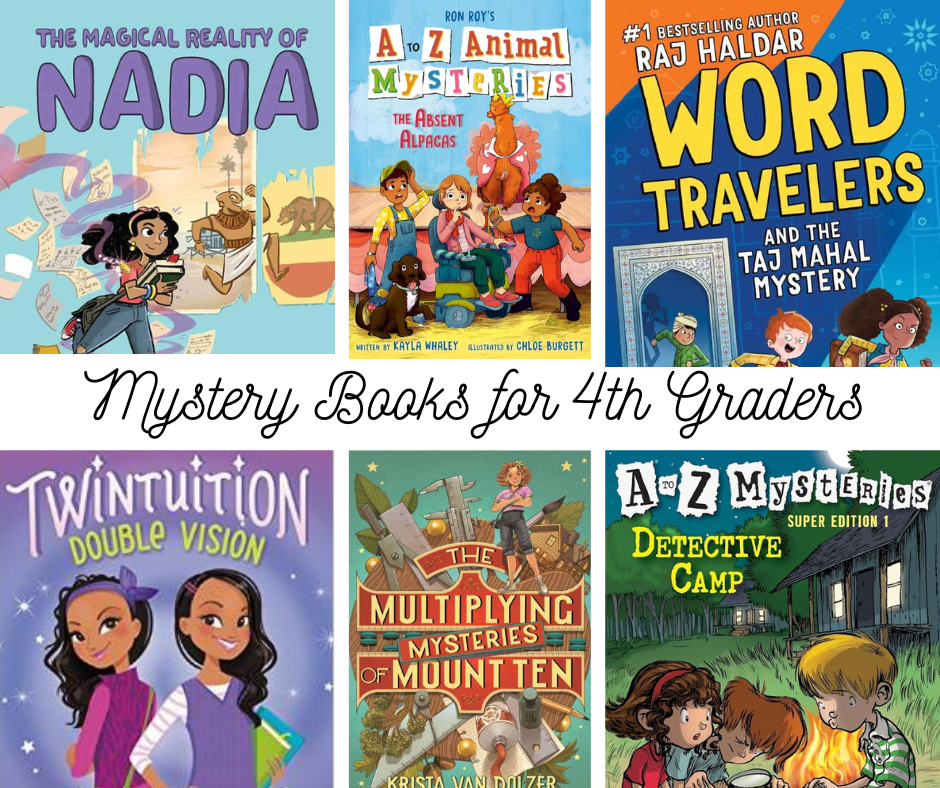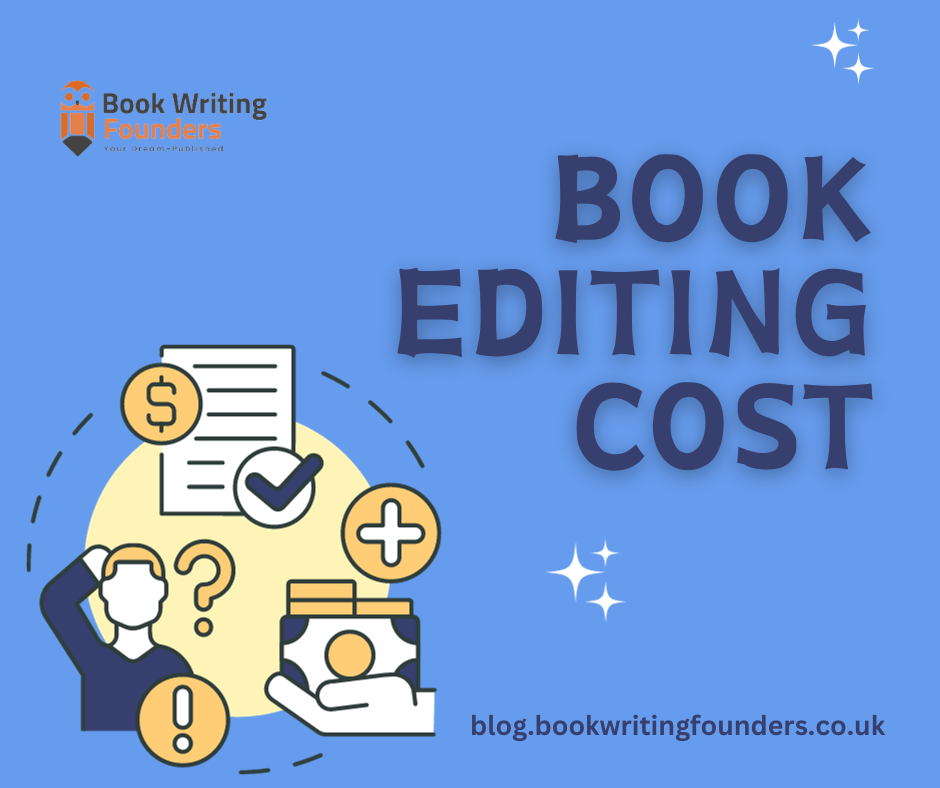
Writing
Historical fiction transports readers to bygone eras, letting them walk the cobblestone streets of ancient cities or witness monumental events that shaped our world.
This genre isn’t just about entertaining with stories from the past; it’s a way to preserve and even romanticize history, giving it a heartbeat. Through historical fiction, we feel the emotions, dreams, and challenges of those who came before us. This is especially true when we enter the UK’s past, a land steeped in myths, legends, and significant historical moments.
The Roots of British Historical Fiction
With its grand castles, intriguing monarchs, and significant roles in global events, the UK has always been fertile ground for stories. Historical fiction in the UK isn’t a new trend. It has deep roots, stretching back centuries.
Many of us are familiar with the stories of King Arthur and his Round Table. While some argue these stories are more myth than history, they still showcase the UK’s early appetite for blending fact with fiction. As time went on, writers like Sir Walter Scott elevated the genre. His novel, “Ivanhoe,” set in medieval England, became a benchmark for future historical fiction works.
British historical fiction‘s growth continued through the centuries, touching on various eras and events. These stories illuminate the past from the Tudor period to World War II, making it vibrant and alive. Today, countless authors draw from the UK’s colorful timeline, crafting stories that educate and entertain.
Research
Imagine reading a historical novel set in Victorian London, only to find characters using modern slang or seeing buildings that weren’t built until decades later.
It breaks the spell, doesn’t it?
That’s why research is significant in historical fiction.
-
Importance of accurate historical details
Every small detail counts. The clothing, food, customs, and even the mindset of the people from a particular era make the story believable. When authors get these details right, readers can fully immerse themselves in the described world, making the journey back in time seamless.
-
Sourcing primary and secondary references
To ensure accuracy, writers often rely on two types of sources. Primary sources come directly from the time being studied, like letters, diaries, or newspapers. Secondary sources, such as books or documentaries, provide analysis or interpretation. Both are valuable in painting a full picture of the past.
-
Visiting UK historical sites for first-hand experience
There’s nothing like walking the grounds of an ancient castle or strolling through a preserved village to get a real sense of the past. Many authors take trips to historical sites in the UK. These visits provide inspiration, context, and a tangible connection to the stories they’re writing.
Character Development
Characters are the heartbeat of any story, especially in historical fiction. They are our guides through the past, allowing us to see the world through their eyes and feel their joys and sorrows.
-
Drawing inspiration from real historical figures:
The UK’s history is dotted with fascinating personalities, from fierce warriors like Boudicca to visionary leaders like Winston Churchill. By weaving accurate figures into their stories, writers give readers familiar anchors in unfamiliar settings. Seeing historical icons in a new light is thrilling, making them relatable and human.
-
Integrating fictional characters into real events:
While famous figures can add depth, fictional characters often lead the story. These made-up individuals can be anyone, a baker in medieval York, a soldier in the trenches of World War I. Their stories, though fictional, breathe life into the bigger historical events, offering personal and intimate perspectives.
-
Ensuring appropriate dialogues and behaviors fitting the era:
Have you ever heard a Tudor character saying, “Cool!”? Probably not.
Dialogue and behavior need to match the time. It’s not just about avoiding modern slang; it’s about understanding how people of that era thought, spoke, and acted. This makes the narrative genuine and engaging.
Setting the Scene
Setting plays more than just a backdrop role in historical fiction; it’s a character in its own right. It’s the air we breathe, the ground we tread, and the world our story lives in. The UK, with its varied landscapes and rich history, offers a wealth of settings to explore.
-
The role of settings in historical fiction
From the misty highlands of Scotland to the bustling streets of Victorian London, settings provide mood, tone, and context. They help ground the story in a specific time and place, offering readers clear visual cues and enhancing immersion.
-
Tips for vividly describing locations
Using vivid and sensory language is key. Instead of saying, “The castle stood tall,” one might write, “The ancient castle towered over the landscape, its stone walls weathered by centuries, echoing whispers of the past.” Such descriptions transport readers, making them feel like they’re right there.
-
Using the environment to propel the story
A stormy sea can set the stage for a shipwreck, while a grand ballroom in Regency-era Bath might be where forbidden romances spark. The environment isn’t passive; it interacts with characters, influencing their choices and shaping the plot.
Tips and Resources
Having the right tools and guidance can make a difference for budding authors eager to delve into historical fiction. A better way is to consult the experts at Book Writing Founders UK. They have a treasure trove of resources and insights to offer.
-
Start with the Basics
Begin your journey by understanding the core elements of storytelling. Even if your setting is centuries ago, the principles of character development, plot structure, and pacing remain the same.
-
Engage with Historians
Building relationships with historians or history enthusiasts can provide invaluable feedback. Their expertise can help you catch inaccuracies or offer deeper insights into the era you’re exploring.
-
Join Writing Groups
Connecting with fellow writers, especially those in the historical fiction niche, can offer critique, support, and camaraderie.
-
Stay Updated
The understanding of history is continually evolving. Discoveries or interpretations can offer fresh perspectives. Stay updated with the latest research, books, and articles related to your chosen era.
Conclusion
At its heart, historical fiction is more than just stories from the past. It reflects our shared human experience, spanning time and cultures. The UK’s rich history, filled with heroes, villains, love, betrayal, and adventure, offers a vast playground for authors.
With diligence, research, and creativity, writers can breathe life into bygone eras, making history come alive for readers today and tomorrow. Whether you’re an avid reader or an aspiring author, the allure of historical fiction remains timeless and captivating.





